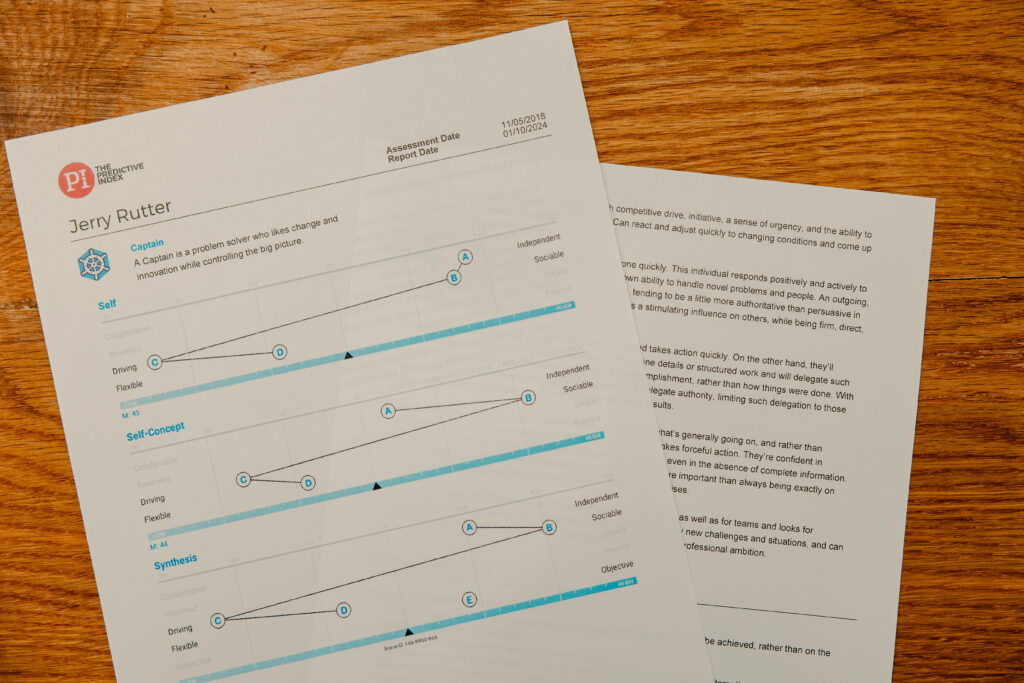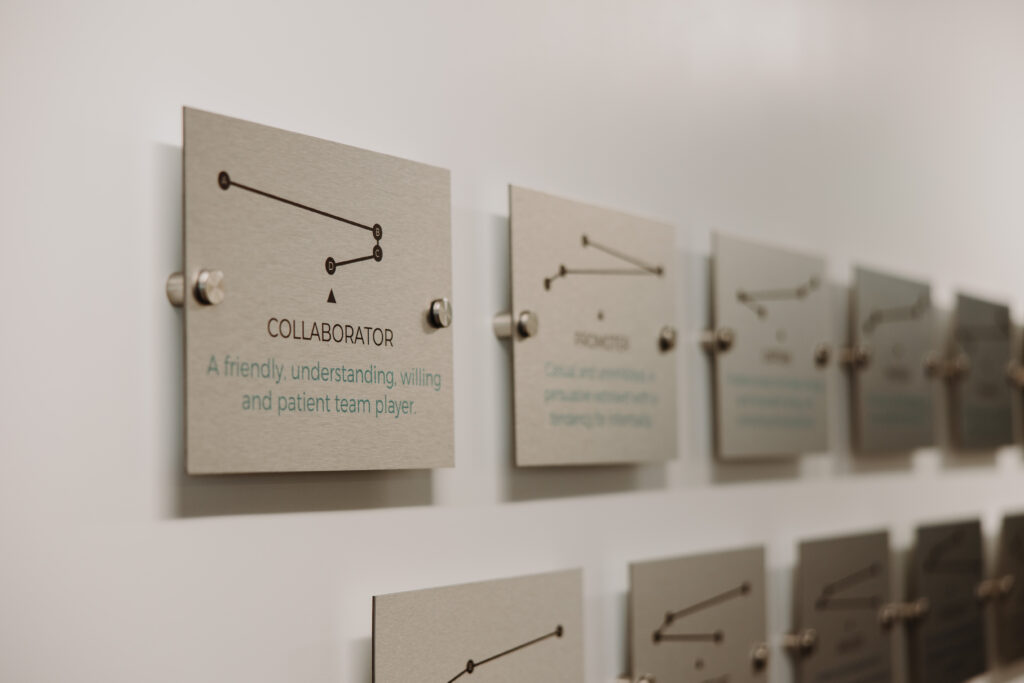
How to use Predictive Index for Personal Development
The Importance of Personal Development in the Workplace
One of the philosophies I have truly come to love over the years is personal development. As human beings, I believe wholeheartedly that we are meant to continually grow and develop. By ensuring we pursue this growth, not only in our personal lives, but also in the workplace, we connect with others on a deeper level and gain insights we might have never experienced before. Personal development in the workplace is crucial because it helps us understand our strengths and areas for improvement, leading to greater job satisfaction, enhanced performance, and improved relationships with colleagues.
Understanding the Predictive Index
One of the tools I’ve grown to truly value in my journey of personal and professional development is the Predictive Index (PI). This scientifically validated assessment tool was established in 1955 and is one of the most researched assessments on the planet. PI has been embraced globally, enabling organizations to enhance their workforce efficiency by aligning individuals with roles that best suit their inherent behavioral drives and cognitive abilities.
How PI Works
You might be asking yourself, “so, how does the Predictive Index really work?” The PI Behavioral Assessment is elegantly simple yet profoundly impactful, requiring only about six minutes to complete. It evaluates four primary behavioral dimensions: Dominance, Extraversion, Patience, and Formality. The assessment generates a behavioral profile that offers deep insights into an individual’s natural behaviors, how they adapt to their environment, and a synthesis of these behaviors.
This profile is visually represented through three graphs:
- The Self graph, showing natural behaviors
- The Self-Concept graph, depicting behaviors in response to environmental demands
- The Synthesis graph, how others might see you based on your self and self-concept graphs, combined.
These graphs and the accompanying analysis provide a comprehensive understanding of how one behaves across different contexts, shedding light on both strengths and areas for growth.

Using PI for Personal Development
Self-Awareness and Insight
Where do I begin with the Predictive Index? It’s rare to receive a report that truly highlights your behaviors and how you prefer to work in such a positive light. The PI assessment provides three key graphs (Self, Self-Concept, and Synthesis), a summary of your qualities, and strategies to enhance your effectiveness, productivity, and job satisfaction. These insights help you understand how you respond normally and under pressure, which can sometimes be counterintuitive to your preferred way of working.
Identifying Strengths and Areas to Grow
Having your Behavioral Assessment results gives you a comprehensive view of how you react and respond depending on your environment and work situation. Once you have self-awareness of your natural tendencies, you’re able to both lean into strengths and to identify areas that require you to adapt. For instance, you might discover that you thrive in structured environments with clear expectations, so you’re able to ask for more details around newly assigned projects. Or, you may excel in roles requiring a high level of interaction and collaboration, but your job requires a lot of independent work, so you adapt that behavior at work and fulfill the need for interaction with others during your personal time.
For me, personally, when I started taking the pressure off myself regarding my preference for detail-oriented tasks, it began a deeper dive into self-awareness. By understanding and accepting that I like to take my time to ensure I have all the necessary details, I could communicate that need and focus on the task ahead without feeling rushed or stressed. This process is continually evolving and enhancing my self-awareness. 
Does Predictive Index tell me what job I’d be good at?
While Predictive Index does not tell you if you should be a nurse, a teacher, or an IT manager, you can use PI to identify roles you might excel in by focusing on the strongest behaviors highlighted in your assessment. Even without access to specific Job Targets, you can match keywords from your behavioral assessment with job descriptions. For example, if some of your strongest behaviors are around working with others, look for roles that expect you to build relationships and allow frequent contact and communication. This approach helps you understand which roles align with your natural tendencies and strengths.
Comparing Strengths Against Job Demands
Now if you’re not job searching, you may be asking “does PI tell me if I’m a good fit for my current role?” To compare your strengths against the demands of your current job, first look at your Self graph and strongest behaviors, identifying what “fills your cup” and if those needs are being honored in your day to day work, or how you can flex your strengths within your position. Then, review the Management Strategies section of your Behavioral Assessment, on the last page of your report. This information offers strategies for effective communication with coworkers and managers. By sharing these insights, you can foster a better understanding within your team and improve your overall job satisfaction.
Setting Personal Goals
Setting personal career goals is essential for continuous growth and development. Personally, I focus on 1-2 attainable goals and one additional stretch goal. This approach allows for small wins that build momentum and provide the motivation needed to achieve more challenging objectives.
- Attainable Goal: a specific, bite-size goal that can be accomplished in a short amount of time, with a measurable result.
- Stretch Goal: a specific, larger goal that allows you to achieve something new or grow, in alignment with your overall personal vision.
My last tip is to write your goals down and place them somewhere you’ll see them often. This could be your desk, your bathroom mirror, or by your coffee machine. Remind yourself of your goals and check in on what steps you’re taking to achieve them.
Conclusion
The Predictive Index is a valuable tool for personal development in the workplace. It provides deep insights into your behavioral tendencies, helping you understand your strengths and areas for improvement. By using PI, you can set meaningful career goals, align yourself with suitable job roles, and enhance your overall job satisfaction.
Start Your Journey to Organizational Excellence
Begin your journey with MindWire by your side. Contact us today and let’s discuss how to elevate your business together.


